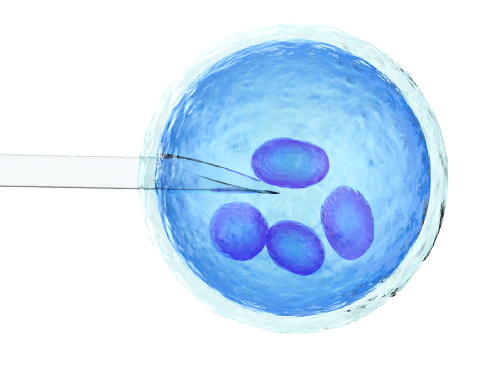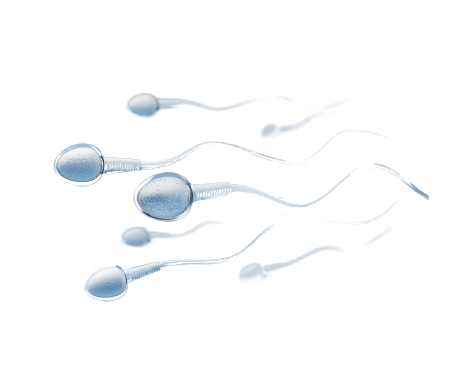Eljárások
A meddőség globális méretű probléma, amely becslések szerint a párok 15%-át érinti világszerte. A Gynemnél mindent megteszünk, hogy az asszisztált reprodukció (ART) művészetén és tudományán keresztül helyreállítsuk az egyensúlyt. A keresés során alkalmazott elsődleges megközelítések az in vitro megtermékenyítés (IVF), az adományozott petesejtek és embriók, valamint a petefagyasztás. További információ alább.
.
-
ár €1,900
-
ár €2,900
-
ár €4,900
-
ár €1,900

Diagnosztika
A meddőségnek számos oka van, férfiakat és nőket egyaránt érint. Például az ovulációval kapcsolatos probléma megakadályozhatja a terhességet, de gyakran tapasztaljuk, hogy számos probléma okoz meddőséget. Az esetek 35%-ában női oldalon, 35%-ban férfi oldalon van a termékenységgel probléma; az esetek 15%-ában mindkét oldalon probléma és 15%-ban az ok nem deríthető ki (idiopátiás sterilitás). Mivel a fogantatási problémák a két partnerben előforduló tényezők együttes következményei lehetnek, a meddőség kezelésének mindig az egész párra kell kiterjednie.
A női meddőség okainak meghatározása
Számos módszer áll rendelkezésünkre, amelyek segítenek meghatározni a női meddőség okát. Néha az ok könnyen diagnosztizálható, máskor pedig részletesebben kell megvizsgálnunk a problémát. A női meddőség átfogó diagnózisának alapja a következők összeállítása: anamnézis - vagyis az egészségi állapot felmérése - laboratóriumi vérvizsgálat, a petefészkek és a méh ultrahangos vizsgálata, valamint a petevezeték átjárhatóságának ( nyitottság) vizsgálata . Bizonyos esetekben ezek a módszerek nem elegendőek, és invazívabb beavatkozásokra vagy speciális vizsgálatokra van szükség.
A férfi terméketlenség okainak meghatározása

A férfi meddőség leggyakoribb okai
Általában lehetetlen kimutatni a férfiak meddőségének konkrét okát. A termékenységi problémák oka lehet az egészségtelen életmód vagy a túl szűk és összehúzó fehérnemű viselése. Az egészségtelen, szennyezett környezet a férfiak termékenységére is kedvezőtlenül hathat, csakúgy, mint a genetikai és immunológiai tényezők.

